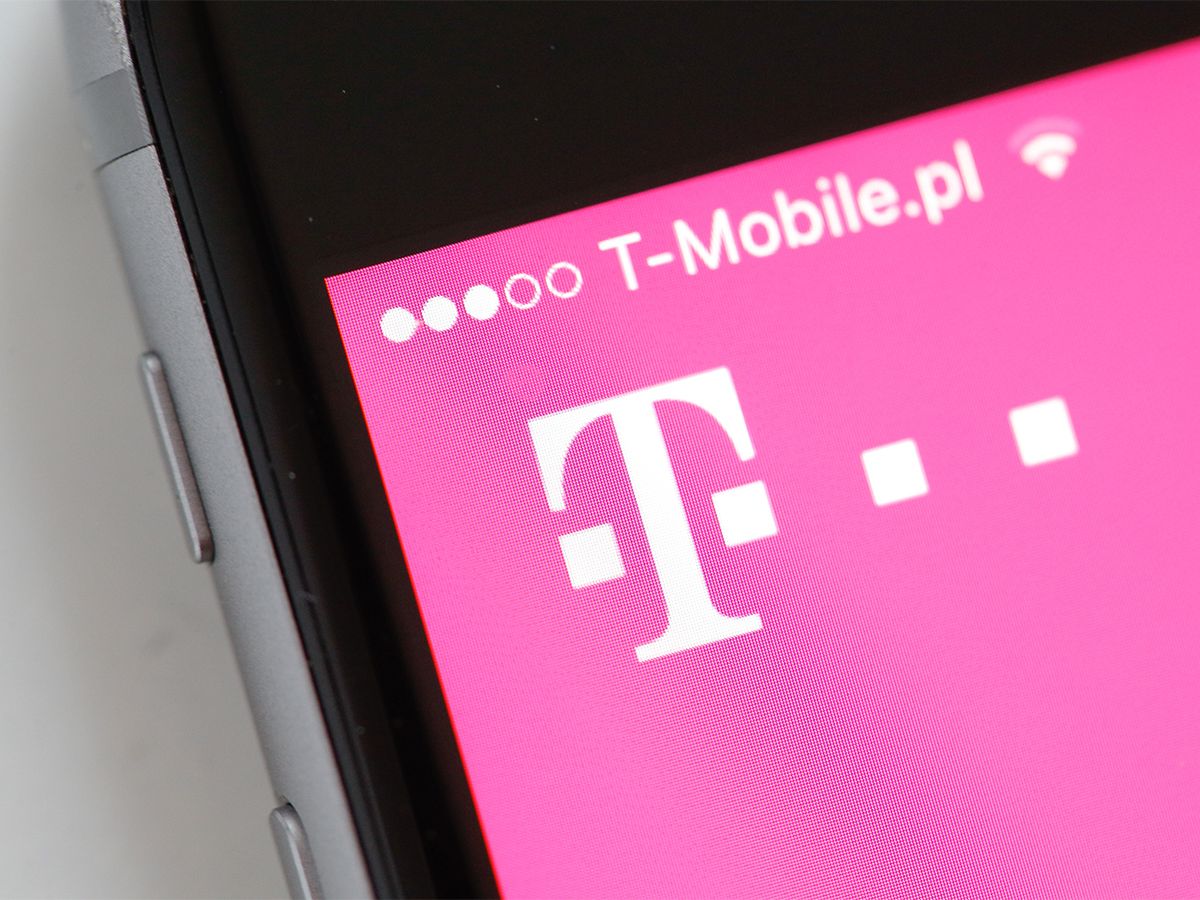Karri Kuoppamaki began his talk on Wednesday at the Brooklyn 5G Summit by discussing T-Mobile’s LTE network, an apparent anachronism. Or, as he put it, “Why am I talking about LTE? This isn’t the Brooklyn LTE Summit.”
But Kouppamaki, the Vice President of Radio Network Technology Development and Strategy for T-Mobile, had a good reason to spend the first portion of his talk discussing the current generation of wireless tech: Despite the radical departures 5G promises for network infrastructure and data rates, it will still be built on existing networks.
“People associate millimeter waves with 5G,” Kuoppamaki said, “And rightly so, it’s untapped frequencies.” The data rates offered by the 28 GHz band are an exciting opportunity, but he went on to say that he, and T-Mobile, see 5G’s potential extending far beyond this new frontier of spectrum.
T-Mobile plans to develop a 5G network across the entire spectrum—not just at the high-frequency millimeter wave band. One of the big problems for millimeter waves is their short propagation distance. They’ll be great for dense urban areas, where lower frequencies inevitably get blocked by all the obstacles anyway. But to deliver 5G across the United States, Kouppamaki argues that just as much attention must be given to mid- and low-band frequencies.
For example, a 70 MHz range in the 600 MHz band were recently auctioned off the by US government. An extremely low band, FCC Commissioner Brendan Carr nonetheless referred to it as spectrum for 5G. Kuoppamaki says that was a good insight—those low-band frequencies will be needed for long-range signal propagation.
Kuoppamaki sees an entire ecosystem of spectrum servicing 5G. The low bands like the 600 MHz range will service nationwide services, while mid-band frequencies will assist high-band millimeter waves in towns and dense cities. And it doesn’t necessarily have to end there. Kuoppamaki mentioned using the 60 GHz band. “We can figure out what to do with that,” he said, “It’s a different animal.” Even so, it might have applications for in-building networks or localized outdoor networks, despite its poor distance propagation.
Kuoppamaki believes this holistic approach to 5G is the right way to go. To that end, T-Mobile is already deploying the infrastructure for a nationwide 600 MHz network. When asked whether customers would be dissatisfied with potentially lower data rates with lower bands, Kuoppamaki was undaunted, saying 5G developments would improve the entire spectrum. “Whatever we do with LTE, 5G will always be incremental to that.”
Michael Koziol is an associate editor at IEEE Spectrum where he covers everything telecommunications. He graduated from Seattle University with bachelor's degrees in English and physics, and earned his master's degree in science journalism from New York University.



